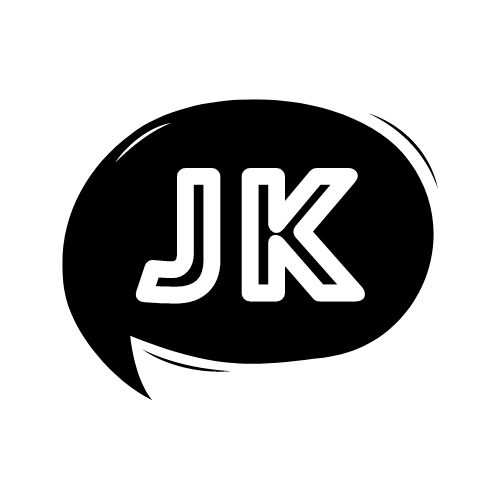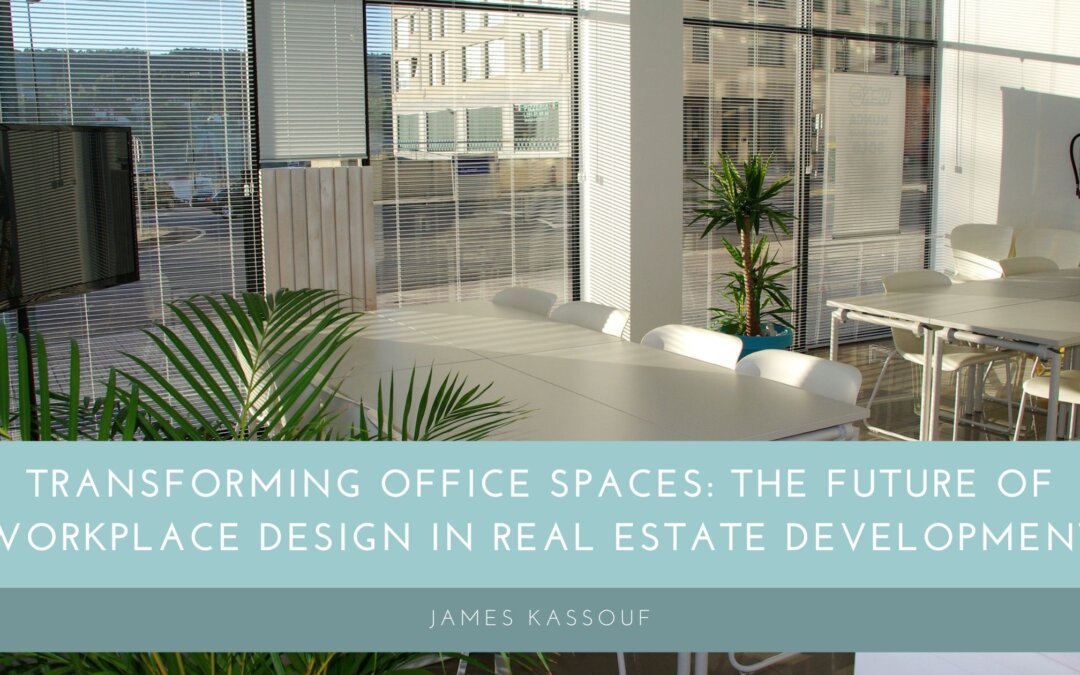The world of work has undergone significant changes in recent years, with advancements in technology, shifting work cultures, and the rise of remote work. As a result, traditional office spaces are being reimagined and transformed to meet the evolving needs of employees and businesses. Creating innovative and adaptable office spaces has become crucial in real estate development to attract and retain tenants.
This article explores the future of workplace design and its impact on real estate development.
Well-Being & Productivity
One of the key drivers of change in office space design is the increasing focus on employee well-being and productivity. Developers are now incorporating biophilic design elements, which integrate natural elements into the workspace, such as plants, natural light, and views of nature. These features have been shown to reduce stress, enhance creativity, and improve overall well-being.
Technology
Another significant trend in workplace design is the integration of technology. The modern office is becoming increasingly connected, integrating smart devices and Internet of Things (IoT) technologies into the workspace. These technologies facilitate seamless communication and collaboration, streamline processes, and enhance efficiency. For instance, office buildings have smart sensors that regulate lighting and temperature based on occupancy, optimizing energy consumption.
Flexibility & Adaptability
Flexibility and adaptability have also become crucial considerations in the design of office spaces. The COVID-19 pandemic highlighted the importance of agility in facing unforeseen circumstances. As a result, real estate developers are incorporating flexible layouts, modular furniture, and adaptable spaces that can be easily reconfigured to meet changing needs. This flexibility allows businesses to quickly adapt to evolving work trends, such as the increasing popularity of remote and hybrid work models.
Sustainability
Furthermore, sustainability has become a driving force in the design of office spaces. Real estate developers are embracing green building practices to reduce energy consumption, minimize waste, and create healthier indoor environments. Energy-efficient lighting systems, renewable energy sources, and advanced HVAC systems are incorporated into office buildings to reduce their carbon footprint.
Integrating Spaces
The future of workplace design also encompasses the concept of mixed-use developments. Real estate developers increasingly integrate office spaces with retail, residential, and recreational facilities. This approach creates vibrant and self-contained communities where employees can conveniently access amenities and services, fostering a better work-life balance. Mixed-use developments enhance the appeal of office spaces and contribute to the revitalization of urban areas, creating dynamic environments that attract both businesses and individuals.
The future of workplace design in real estate development is marked by innovation, adaptability, and sustainability. Developers prioritize employee well-being, integrating technology, embracing flexibility, and incorporating sustainable practices into their designs. As the nature of work continues to evolve, the design of office spaces will play a crucial role in attracting and retaining businesses. By creating environments that foster collaboration, productivity, and employee satisfaction, real estate developers are reshaping the landscape of office spaces to meet the needs of the modern workforce.

